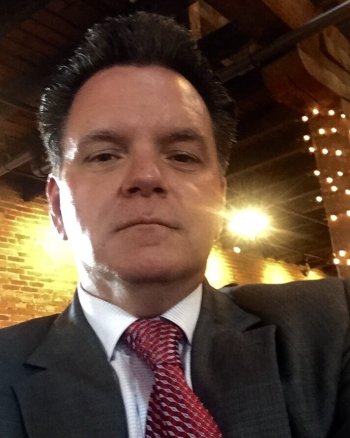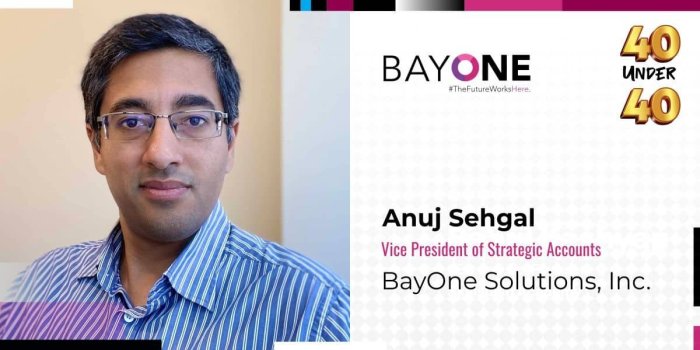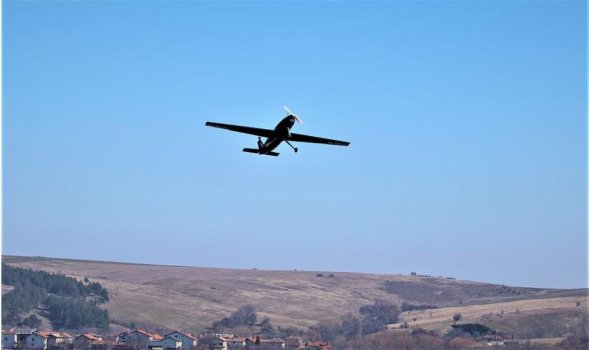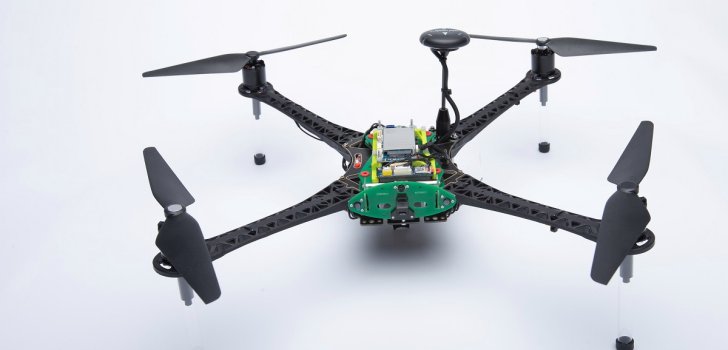Crypto Is A National Security Asset, Not A Liability
- Technology Solutions
- 0 Replies
Shunning new technologies and ways of doing business has never yielded positive results; crypto is no different.
Given the deluge of crypto coverage and analysis recently, between legislation, regulation, and market opinions, it would be understandable if a certain thread had slipped under the radar; the connection between cryptoassets and national security. Something that has been stated on several occasions at this point is that the continuing integration and utilization of cryptoassets – be it bitcoin or stablecoins – poses a systemic threat. This threat is stated to apply to the financial markets, the US dollar’s status as the global reserve currency, and the strategic success of the United States abroad.
This could not be further from the truth.
Blockchain and crypto have proven themselves to be perhaps the most disruptive technology since the development of the internet, with applications and use cases still being discovered on a daily basis. With such fundamental disruption there will invariably be some dislocations and changes to the status quo, but that is not the equivalent of being a national security risk. Rather, the continued development and proliferation of cryptoassets brings with it the potential for new and innovative applications across virtually every economic sector.
Let’s take a look at how and why cryptoassets should be viewed as a national strategic asset, and why its further development should be encouraged and nurtured.
Continue reading: https://www.forbes.com/sites/seansteinsmith/2021/08/17/crypto-is-a-national-security-asset-not-a-liability/?sh=517e072e606f
Given the deluge of crypto coverage and analysis recently, between legislation, regulation, and market opinions, it would be understandable if a certain thread had slipped under the radar; the connection between cryptoassets and national security. Something that has been stated on several occasions at this point is that the continuing integration and utilization of cryptoassets – be it bitcoin or stablecoins – poses a systemic threat. This threat is stated to apply to the financial markets, the US dollar’s status as the global reserve currency, and the strategic success of the United States abroad.
This could not be further from the truth.
Blockchain and crypto have proven themselves to be perhaps the most disruptive technology since the development of the internet, with applications and use cases still being discovered on a daily basis. With such fundamental disruption there will invariably be some dislocations and changes to the status quo, but that is not the equivalent of being a national security risk. Rather, the continued development and proliferation of cryptoassets brings with it the potential for new and innovative applications across virtually every economic sector.
Let’s take a look at how and why cryptoassets should be viewed as a national strategic asset, and why its further development should be encouraged and nurtured.
Continue reading: https://www.forbes.com/sites/seansteinsmith/2021/08/17/crypto-is-a-national-security-asset-not-a-liability/?sh=517e072e606f

























